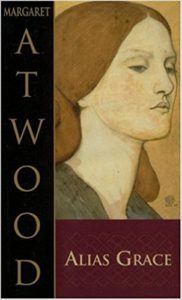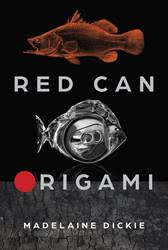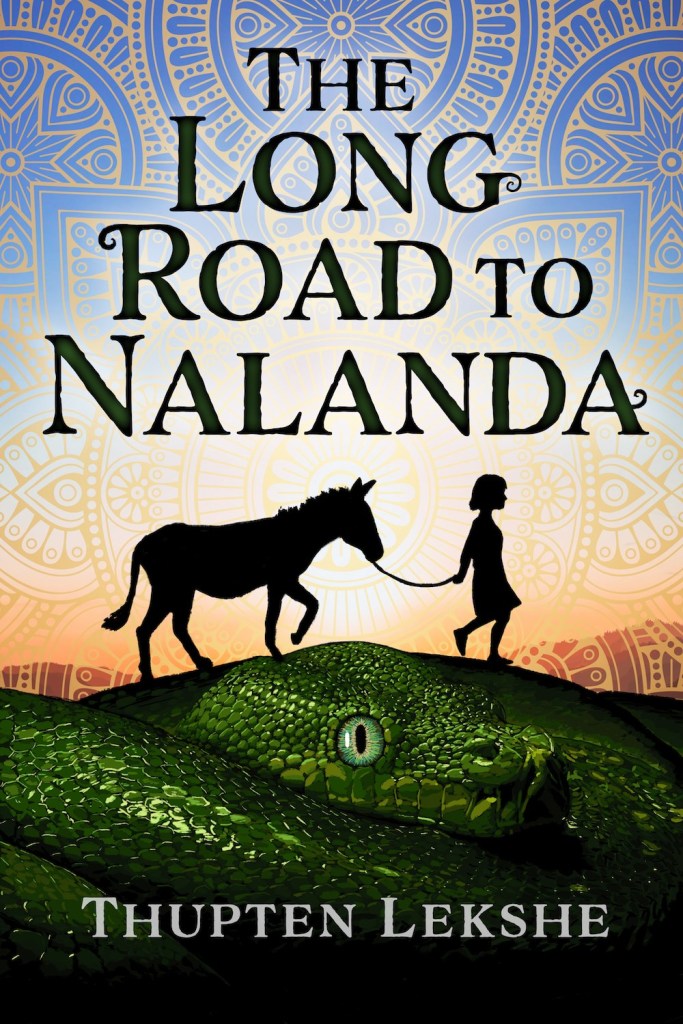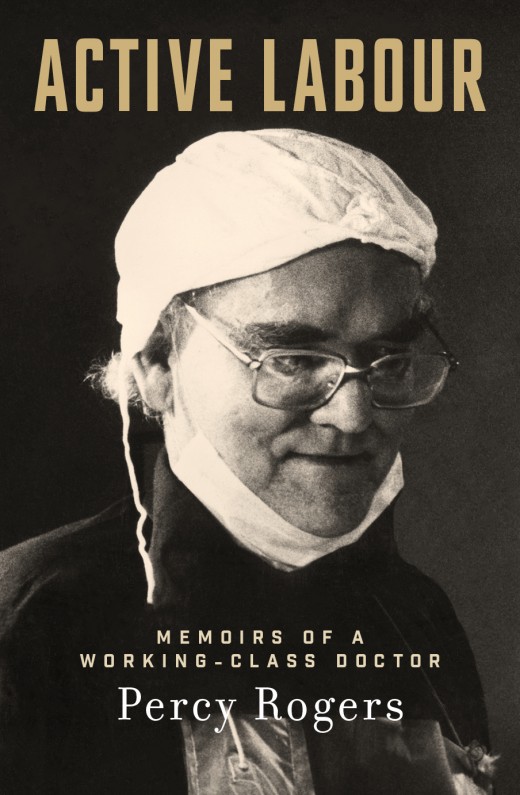I read a lot of historical fiction and I have my favourite authors of the genre: Peter Carey, Geraldine Brooks, Tracy Chevalier, Barbara Kingsolver, Hilary Mantel, Kate Grenville and Markus Zusak. I have also been blown away by so many emerging historical fiction authors whose unpublished novels are sent to me for assessments.
I love being able to immerse myself in a historical period and envisage a unique perspective through the characters and their lives. But I don’t want a history lesson. A passion for research doesn’t always translate into compelling fiction. Trying too hard to incorporate research-justifying detail can make historical fiction a grind to read. I am still grappling with that dilemma.
A few years ago, I wrote a thesis with its focus the mid-nineteenth-century painting by British artist Valentine Prinsep, ‘The flight of Jane Shore’. I researched Jane Shore’s life to the point of obsession and got to know this medieval royal mistress so well that I thought I could speak for her—write her story in the genre of historical fiction. But how do I write a fictional story that has an historical figure as its central character, and be sure that I am writing the truth, even if I have primary evidence to support my understanding of her? How can I make-up dialogue between Jane and two medieval monarchs, Edward IV and Richard III, the former who loved her (supposedly) and the latter who trashed and exiled her after Edward’s death? Maybe it’s easier to create an imaginary character like the young woman whom Tracey Chevalier made famous in her novel, ‘Girl with a Pearl Earring’, based on the unknown female sitter in Jan Vermeer’s seventeenth-century painting of the same name.
I enjoy the history in fiction when it is written by authors who lived it, such as Thomas Hardy’s fate-driven Wessex romps and Henry James’ American-European ‘social realist’ novels such as ‘The Princess Casamassima’ (1886). When I was studying Henry James at university, what has stayed in my memory is his scathing rebuke of historical fiction in a letter written to American novelist, Sarah Orne Jewett (5 October 1901). She had (bravely) sent him a copy of ‘The Tory Lover’, her novel centring on life during the American Revolution. James writes (the italics and capitalisation are his):
The ‘historical novel’ is, for me, condemned, even in cases of labour as delicate as yours, to a fatal cheapness … You may multiply the little facts that can be got from pictures & documents, relics & prints, as much as you like—the real thing is almost impossible to do, and in its essence the whole effect is as nought; I mean the invention, the representation of the old CONSCIOUSNESS, the soul, the sense, the horizon, the vision of individuals in whose minds half the things that make ours, that make the modern world were non-existent … (sourced from Inga Clendinnen’s essay ‘Agamemnon’s Kiss’, 2006, p. 206)
 Margaret Atwood’s concerns about historical fiction are along similar lines, emphasising the lack of direct experience with the time and the place: “fiction set in a time before the writer came to consciousness”. How do writers of historical fiction overcome this lack of “old consciousness”? Atwood would have written her historical fiction novel, ‘Alias Grace’ (1996), with this dilemma in mind. The story reconstructs an infamous crime in Canadian history centring on young Grace Marks who, in 1843, was convicted of murdering her employer and his housekeeper/mistress. I appreciated the author’s research notes in the book, which set out the historical background, supplemented with a full bibliography. This adds credence to the genre of historical fiction that ‘permits’ the author to fill in the gaps and imagine what might have been said between historical figures, or what might have happened in the back streets and behind closed doors. In ‘Alias Grace’, Grace is an unreliable narrator and the ending is not neat, which perhaps is Atwood’s way of overcoming some of the problematic issues of historical fiction; however, rightly or wrongly, Atwood’s Grace is a fictional representation of a historical figure. But how reliable is history anyway?
Margaret Atwood’s concerns about historical fiction are along similar lines, emphasising the lack of direct experience with the time and the place: “fiction set in a time before the writer came to consciousness”. How do writers of historical fiction overcome this lack of “old consciousness”? Atwood would have written her historical fiction novel, ‘Alias Grace’ (1996), with this dilemma in mind. The story reconstructs an infamous crime in Canadian history centring on young Grace Marks who, in 1843, was convicted of murdering her employer and his housekeeper/mistress. I appreciated the author’s research notes in the book, which set out the historical background, supplemented with a full bibliography. This adds credence to the genre of historical fiction that ‘permits’ the author to fill in the gaps and imagine what might have been said between historical figures, or what might have happened in the back streets and behind closed doors. In ‘Alias Grace’, Grace is an unreliable narrator and the ending is not neat, which perhaps is Atwood’s way of overcoming some of the problematic issues of historical fiction; however, rightly or wrongly, Atwood’s Grace is a fictional representation of a historical figure. But how reliable is history anyway?
A rule of thumb is that if a novel is set more than 50 years in the past it’s classified as ‘historical’. In September 2019, I enjoyed a Melbourne Writers Festival session, ‘History & Place’, with speakers Hannah Kent and Tracey Chevalier. They were promoting their latest books: the former, ‘The Good People’, and the latter, ‘At the Edge of the Orchard’. The narratives of both novels are set in the nineteenth century with the central characters (powerless, wretched women caught in the net of poverty and lack of education) being shaped by external circumstances and affected by the social mores of the time. Kent claimed that she found an article from an historical record about two women accused of murdering a child in rural, mid-1820s Ireland. She spoke of “true stories that niggle” at her imagination, and emphasised that filling in the gaps is challenging; she also warned of writing historical fiction with a contemporary mindset.
 Both writers discussed landscape as being “character in itself” and unequivocally shaping destiny; they visited the places in which their novels are set to give them a clear sensory experience of the geography their characters inhabited. Kent stayed in an Irish farmer’s B&B and trudged around his muddy paddocks. Chevalier visited a sequoia forest so her characters would know what it felt like to walk on the spongy, layer-upon-layer of pine needles, and know that they wouldn’t be able to hear the wind because the branches were so high up the tree. There is a sparing intensity to her scene-setting and an ability to show that good historical fiction always tells a story of the present as well as the past. ‘The Glassmaker’ is Tracy Chevalier’s latest novel which opens in Venice in the fifteenth century, but the story of Orsola moves through different historical periods. I look forward to reading it over summer.
Both writers discussed landscape as being “character in itself” and unequivocally shaping destiny; they visited the places in which their novels are set to give them a clear sensory experience of the geography their characters inhabited. Kent stayed in an Irish farmer’s B&B and trudged around his muddy paddocks. Chevalier visited a sequoia forest so her characters would know what it felt like to walk on the spongy, layer-upon-layer of pine needles, and know that they wouldn’t be able to hear the wind because the branches were so high up the tree. There is a sparing intensity to her scene-setting and an ability to show that good historical fiction always tells a story of the present as well as the past. ‘The Glassmaker’ is Tracy Chevalier’s latest novel which opens in Venice in the fifteenth century, but the story of Orsola moves through different historical periods. I look forward to reading it over summer.
A few tips for writing historical fiction:
Pacing acts as an overarching pulse for any story, and tension plays a big part, so prioritising your historical material is crucial: deciding what, and how much, a reader needs to know at any given time. Lengthy descriptions about a historical event or a nostalgic memory can cause stagnation of the pace, and although intricate descriptions of a place, or even just a room, reveal the author’s intricate knowledge of the historical period, they can be frustrating interruptions (many readers would skim through these pages).
Most successful writers of historical fiction try to visit all the sites they write about. What can characters see, hear, touch? This creates a ‘real’ environment for the characters to immerse themselves in, which can act as a character in its own right (e.g., a bleak, inhospitable setting).
Try to avoid multiple interweaving narratives of individual characters. This tends to bunch too much material in one thread and then it’s abandoned (and the character) for long periods. I advise gradually introducing characters and revealing their histories, not just by ‘telling’ through blocks of detail, but by mixing it up with dialogue. When there is dialogue between characters there is an engaging pulse of information, drama and tension, so its best to limit scenes that are primarily inner voice or description.
Historical fiction attempts to replicate the past, but those writers who excel at the genre are able to maintain authenticity and at the same time shift readers’ focus so they can experience a unique, and at times emotional, response to history, its place and its characters. In other words, draw out a compelling story from beginning to end. HIstorical fiction requires constant editing to achieve this.
For more information about historical fiction novels go to https://hnsa.org.au/ The Historical Novel Society Australasia is recognised as the home of the historical fiction genre in Australasia as the third arm of the international Historical Novel Society.
Manuscript Assessments
 If you’re ready to have your manuscript assessed, whether it is a complete manuscript or a work-in-progress, then you’re welcome to email me (denise@denisemtaylor.com.au) via my contact page with a brief overview of your project and I will respond within a few hours.
If you’re ready to have your manuscript assessed, whether it is a complete manuscript or a work-in-progress, then you’re welcome to email me (denise@denisemtaylor.com.au) via my contact page with a brief overview of your project and I will respond within a few hours.
Featured image: ‘Girl with a Pearl Earring’ (1665) is Johannes Vermeer’s most famous painting owned by the Mauritshuis in The Hague. It is not a portrait, but a ‘tronie’ – a painting of an imaginary figure; in this case, a girl wearing an oriental turban and a large shiny pearl in her ear.





